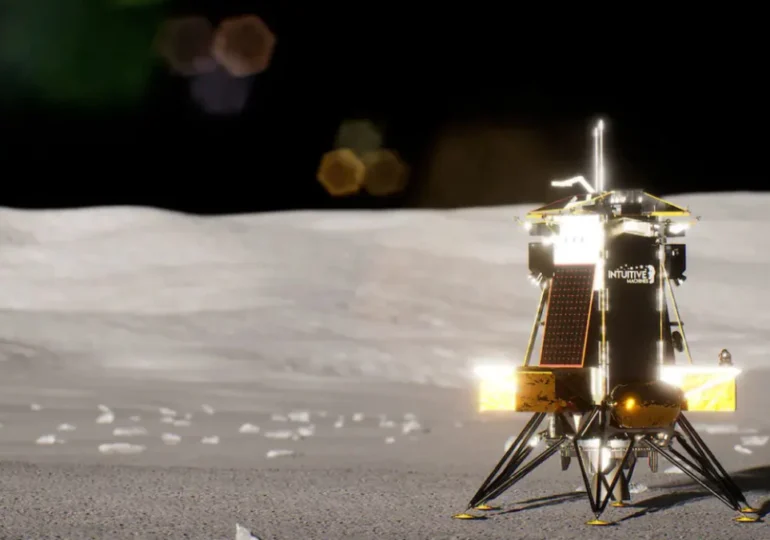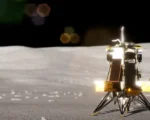New NASA Research Indicates Potential for Microbial Life Beneath Martian Ice

NASA Research Hints at Possible Microbial Life Hidden Under Martian Ice
Recent findings from NASA indicate that conditions beneath the icy surface of Mars may be suitable for microbial life, particularly in meltwater pools formed under layers of dust and ice. This intriguing research suggests that these hidden pockets of water could provide a hospitable environment where life might not only survive but potentially thrive. The study draws parallels to similar habitats on Earth, where organisms manage to exist in icy environments, raising the possibility of finding life on the Red Planet.
The potential for life beneath Martian ice hinges on the remarkable ability of sunlight to penetrate through water ice, which could allow for photosynthesis in these concealed meltwater pools. According to Aditya Khuller from NASA’s Jet Propulsion Laboratory, this phenomenon mirrors the conditions found in Earth’s cryoconite holes, where microbial life flourishes in pockets of meltwater trapped beneath glacial ice. This research emphasizes the significance of understanding how light interacts with Martian ice and the implications it has for the existence of microbial ecosystems.
Mars features two primary forms of ice: frozen water and carbon dioxide ice. The study focuses specifically on the frozen water that has accumulated over time, influenced by ancient dust and snow during the planet’s ice ages. The researchers hypothesize that the presence of dust within the ice matrix could play a crucial role in creating localized melting. In the thin Martian atmosphere, surface melting is rare, but beneath the ice, dust particles may absorb enough solar energy to warm the surrounding ice, leading to the formation of small pools of liquid water.
These findings not only enhance our understanding of Mars’ potential for hosting life but also have significant implications for future exploration missions. Understanding where to look for life on Mars is critical as we prepare for more advanced robotic missions and, eventually, human exploration. The concept of microbial life existing in these hidden environments opens up exciting new avenues for research and discovery, positioning Mars as a prime candidate in the search for extraterrestrial life within our solar system. As scientists continue to analyze the Martian landscape, the prospect of uncovering life beneath the ice fuels both curiosity and ambition in planetary science.



















